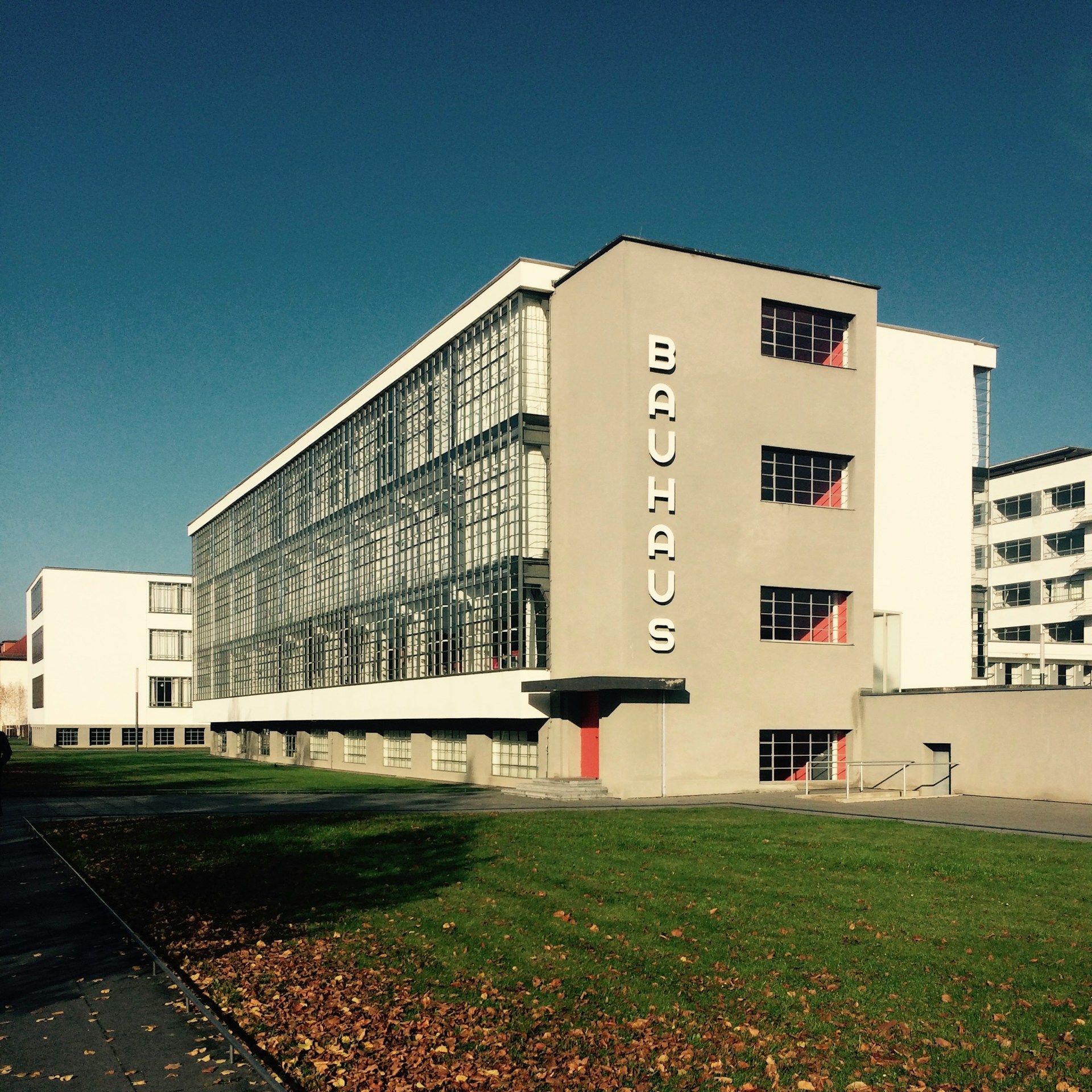Adapting to climate change means adjusting to a changing world whilst still seizing the hidden opportunities that arise from a long term process that involves ecological, social and economic systems. Healthy and well-managed ecosystems provide a range of services that support climate change adaptation. For example, healthy ecosystems can support water conservation, food security and coastal erosion control; in cities, urban forests or parks can support dealing with heat waves by providing shade.
Climate change also has an impact on the intensification and frequency of extreme weather events. “And here is the link between climate change adaptation and disaster risk reduction, which is about the importance of reducing the risk of a hazard – such as an extreme event – leading to large impacts on communities and societies – namely a ‘disaster’” highlights Nathalie Doswald, Technical Advisor on Nature-based Solutions at the International Federation of Red Cross and Red Crescent Societies (IFRC) and Chair of the Partnership for Environment and Disaster Risk Reduction (PEDRR).
Doswald has worked at the intersection between science and policy for over a decade, supporting decision-making on nature-based solutions for climate and disaster resilience.
“Whether hazards are caused by climate change or not, ecosystems can provide hazard mitigation through buffering services, such as a mangrove forest buffering against storm surges; protective services, such as forests protecting downhill communities from rockfall, avalanches or landslides; and water retention services, such as wetlands storing flood water or forests on slopes preventing excess run-off by supporting water infiltration,” says Doswald.
“Ecosystem services provide high-value services at different levels, and for us it is about understanding and acting on how we can harness these different ecosystem services to suit different purposes,” she continues.
On 13 October, the International Day for Disaster Risk Reduction 2023 focused on “Fighting inequality for a resilient future”. Given your role as senior officer for nature-based solutions at the International Federation of Red Cross and Red Crescent Societies (IFRC) – the world’s largest humanitarian organization – could you explain the benefits of integrating nature-based solutions in humanitarian action?
In addition to disaster risk reduction and climate change adaptation, Nature-based Solutions can help provide health benefits, as well as food and water security. On the one hand, if nature is in a bad condition, it can compromise humanitarian operations and create additional risks.
For example, if we are trying to set up a refugee camp which is near a slope where nature has already been degraded, cutting down more trees to get the wood to build new shelters would contribute to increasing environmental degradation, and could subject people and operations to further risk of landslides.
On the other hand, instead of just providing food and water to populations in difficult situations, we must work to improve the productivity of the land and ensure that people are able to access food and water from the surrounding environment. Supporting nature – for example through land management techniques and rainwater harvesting – can help humanitarian action because it gives people the chance to rebuild their livelihoods, rebuild their income, and be less dependent on humanitarian assistance.
We recently released a guide, co-developed by Sphere, FEBA (an initiative of IUCN), PEDRR, EHAN and IFRC, that provides practical guidance to implement nature-based solutions that address societal challenges in humanitarian action, including disaster risk reduction and climate change adaptation.
Nature-based solutions are ‘actions to protect, conserve, restore, sustainably use and manage natural or modified terrestrial, freshwater, coastal and marine ecosystems, which address social, economic and environmental challenges effectively and adaptively, while simultaneously providing human well-being, ecosystem services and resilience and biodiversity benefits.(UNEA 5.5)
What are some of the recent main achievements in applying ecosystem-based approaches for disaster risk reduction and climate change adaptation, and what are the future challenges?
There have been many achievements in this field in the last decade, thanks to the number of demonstration projects that have been implemented in different parts of the world. Among the main actors implementing these projects worldwide it is worth mentioningUNEP, with their ecosystem -based disaster risk reduction projects, Partners for Resilience, Wetlands International, Building with Nature, IUCN.
Thanks to these best practices, we are seeing that more and more countries are now embedding this type of work in their national policies and strategies to reduce risk. One of the main challenges is now scaling up from projects to larger-scale programmes. Monitoring is also challenging due to the complexity of ecosystems and limited environmental data and monitoring in many countries.
You are chair of PEDRR, the Partnership for Environment and Disaster Risk Reduction, a clearinghouse for knowledge, training, advocacy and practice on Ecosystem-based Disaster Risk Reduction born in 2008. What is the importance of this network and its role in bringing ecosystems into the debate?
The potential of ecosystems in disaster risk reduction really came to the fore after the Indian Ocean tsunami, when questions were raised about the role of mangroves and other ecosystems in reducing disaster risk. From then, a number of different organizations started joining forces and in 2008 founded the PEDRR network, a partnership that is now composed of 30 organizations, UN, NGO, and research institutions, among which CMCC.
PEDRR Members defined Eco-DRR (Ecosystem-based approaches to Disaster Risk Reduction), collected evidence and practice on this approach, and worked to highlight its potential and need in the international policy sphere.
Its work and the work of individual members have been instrumental to include Eco-DRR in International agreements such as the Sendai Framework for Disaster Risk Reduction 2015-2030 – where three of the four priority areas mention the importance of ecosystems for disaster risk reduction – and in national plans and strategies.
Fifteen years ago, ecosystems were not a focus of attention. In 2022, the session on nature-based solutions was the most well-attended at the Global Platform for Disaster Risk Reduction.
The 5th PEDRR Network Science-Policy Workshop held on 13-15 September, 2023 at the UN Campus in Bonn, Germany focused on “nature as a connector between disaster risk reduction, climate, land, and biodiversity”. At the workshop, a 15-year science-policy agenda addressing how ecosystem-based approaches for disaster risk reduction and climate change adaptation can deliver across the 2030 Global Agenda and beyond to 2040 was defined. What does this agenda foresee?
PEDRR will continue to advocate and support the role of Eco-DRR in the Rio Conventions and the Sendai Framework. In particular, it will work towards harmonizing goals, targets, and indicators for Eco-DRR post-2030, aiming for an integrated framework. It will also continue to work in universities and research institutions to support communities in disaster risk reduction and climate change adaptation.
PEDRR’s agenda for the future will also look into how to integrate more private sector actors: we have demonstrated the importance of ecosystems, but maybe not enough at the business case level. The private sector is a crucial actor, since there is not enough public finance to fund this transformation towards a more “nature-positive economy”.
In this context, initiatives like the CMCC-led project Naturance, which examines the technical, financial and operational feasibility and performance of solutions built on a combination of disaster risk financing and nature-based solutions investments, are crucial.
Our agenda also foresees supporting youth initiatives and training the next generation. Finally, we will look into how new technologies such as artificial intelligence and other innovative technologies can be used to support implementation and monitoring of nature-based solutions, which are often difficult due to limited environmental data and monitoring in many countries.
 Nathalie Doswald is a technical advisor on nature-based solutions at the International Federation of Red Cross and Red Crescent Societies (IFRC) and Chair of the Partnership for Environment and Disaster Risk Reduction (PEDRR). Doswald has worked for over a decade at the science-policy interface in supporting decision-making on Nature-based Solutions for climate and disaster resilience.
Nathalie Doswald is a technical advisor on nature-based solutions at the International Federation of Red Cross and Red Crescent Societies (IFRC) and Chair of the Partnership for Environment and Disaster Risk Reduction (PEDRR). Doswald has worked for over a decade at the science-policy interface in supporting decision-making on Nature-based Solutions for climate and disaster resilience.






